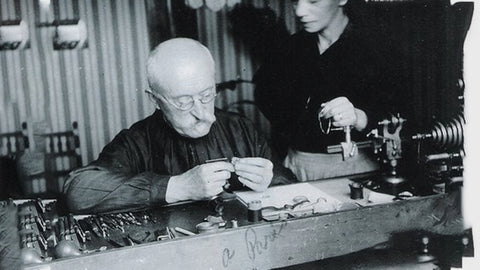Jewelry Watches Enchanting History Uncovered
These hand-crafted timepieces were made with an attention to detail that hardly exist today, combining the high-quality materials in shier superhuman precision in an effort to stand out as a highlight in even the most expensive wardrobe.

Around 1541, John Calvin, the leader of the Protestant Reformation movement in Switzerland banned the wearing of jewelry in Europe. An obvious calamity for the jewellers, who in fear for their business quickly found a loophole and started setting precious stones into timepieces to circumvent this prohibition, as the latter went down in history as the catalyst for the inception of the beautiful gem-set timepieces in Switzerland. From gem-setting, to enamelling and engraving, craftsmen used their finest skills, thus greatly raising the standard of luxury and extravagance in the centuries to come.

The first historical mentions of a jewelry wristwatch date back to the early 16th century when Queen Elizabeth was gifted a little round watch set with precious stones that was worn as a bracelet charm. Wrist watches in general were seen as a female accessory until the late 19th century, as for a fact the earliest wristwatches produced in series by Jaquet Droz in 1790 were initially intended as highly decorated bracelets for aristocratic women.

It was not until the early 20th century that gem-set watches became available and affordable for the broader clientele beyond just nobility and the affluent. But jewelry watches still remained a popular way to show of the wealth of the wearer as especially around the 1940’s the powerful link between the world of fashion and watchmaking became apparent, even further emphasizing jewellery watches as probably the most exclusive subcategory amidst the art of watchmaking.



Leave a comment